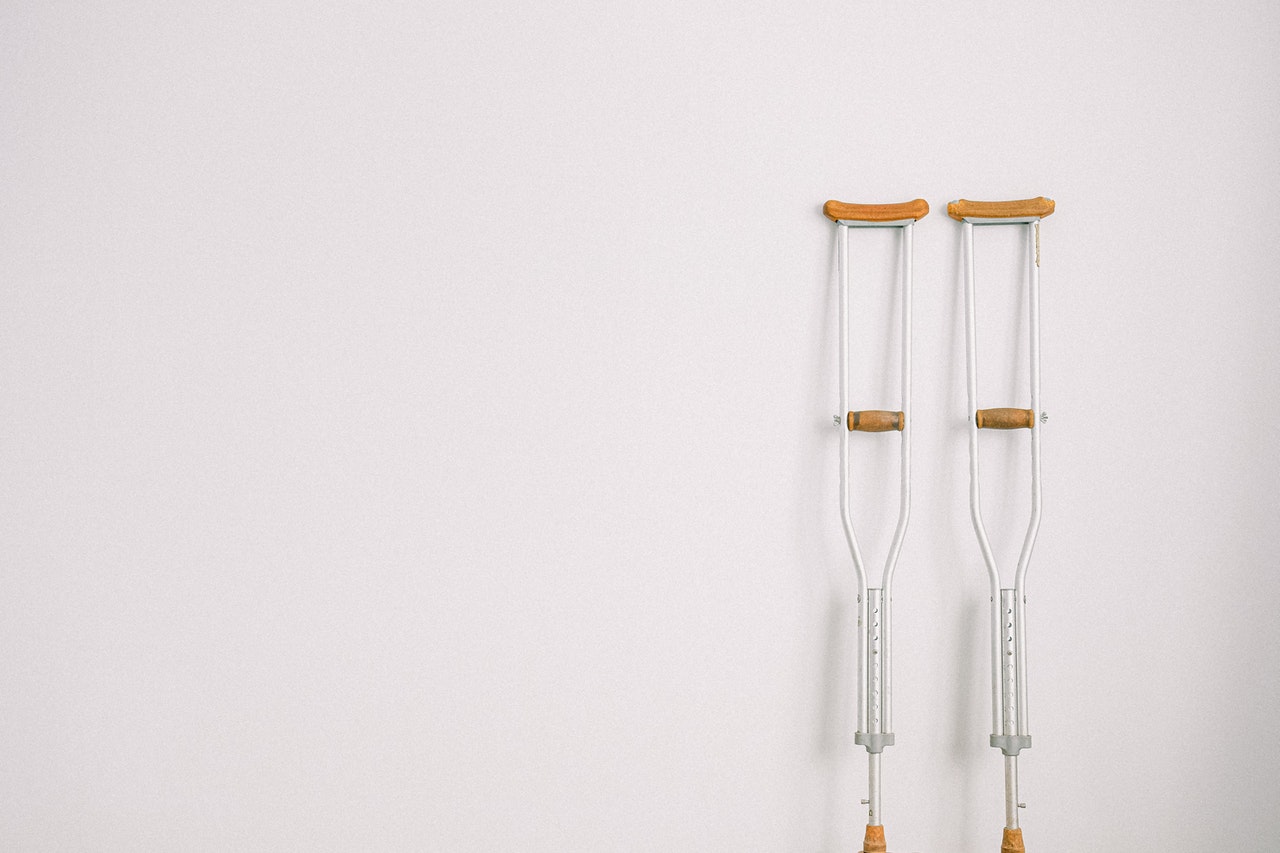● New survey of lone workers and health and safety executives finds nearly a quarter of staff feel unsafe at least once a year
● 17% of companies are taking no action after a health and safety incident
● Incidents are severely under-reported with only a third of lone workers expressing safety concerns to their employer. Only 45% of lone workers think these concerns have been addressed to a fair or great extent
The majority of companies (68%) have experienced an incident involving a lone worker in the past three years, with a fifth of these incidents described as severe or very severe, according to research from lone worker solution, StaySafe. In addition, nearly a quarter of staff feel unsafe at least once a year.
StaySafe surveyed over 1,300 lone workers and health and safety executives in the ‘The Lone Worker Landscape Report 2021’. This research aims, for the first time, to uncover the disparities between the opinions of employers and the lone workers themselves with the hope that, through greater understanding, the levels of protection given to lone workers can be improved.
The research finds that incidents relating to external factors including accidents, ill health, aggression and violence make up 41% of recorded lone worker incidents, with the rest (59%) involving stress, mental health issues and tiredness.
Manual, traditionally-male dominated industries have higher rates of incidents overall, with 76% of utilities, telco and construction companies experiencing an incident with a lone worker in the last three years. 66% of FM, property and estate agents had reported an incident in the last three years, closely followed by housing and local authorities at 65%. Charities, social services and the NHS recorded the lowest number of incidents (59%), which may be linked to both the nature of the roles, the increased levels of training in these industries and company culture.The research showed that this group conducted the most training with 60% holding briefings on regulatory requirements relating to lone working. There could also be an issue with under-reporting in these industries.
Lone worker safety concerns are being significantly under-reported
Only around a third (36%) of lone workers have expressed their safety concerns to their employer. However, companies seem unaware that lone workers are failing to report these concerns, with nearly all (92%) believing that their lone workers are speaking to them regularly about any incidents and concerns.
Don Cameron, CEO of StaySafe, comments, “The considerable under-reporting of hazards is a major concern for health and safety executives, particularly as they seem unaware that their staff aren’t having these conversations. Under-reporting can lead to employers under-estimating the real level of risk faced by staff on a daily basis and failing to put in the necessary protective measures to prevent accidents or incidents.”
Most companies increase their safety measures following an incident
The majority of companies (83%) took action following a lone worker incident, usually through improved training or additional protective measures. However, a significant minority of companies (17%) took no action at all. In addition, the research indicates that companies are often overestimating how well they have dealt with hazards or incidents. 78% of executives say that they have addressed their employees’ concerns to a great or fair extent, with only 45% of lone workers agreeing.
Don Cameron adds, “We can see when it comes to reporting incidents, companies on the whole are doing the right thing. However, the research shows that health and safety executives can only take appropriate action when they are aware of safety concerns or potential risks and hazards that lone workers may face. It’s clear that there is a high rate of lone worker incidents, many of which are severe, and health and safety executives have to focus on preventing these before they happen by ensuring that they understand the safety concerns of their staff.”
The full research report is available here.

